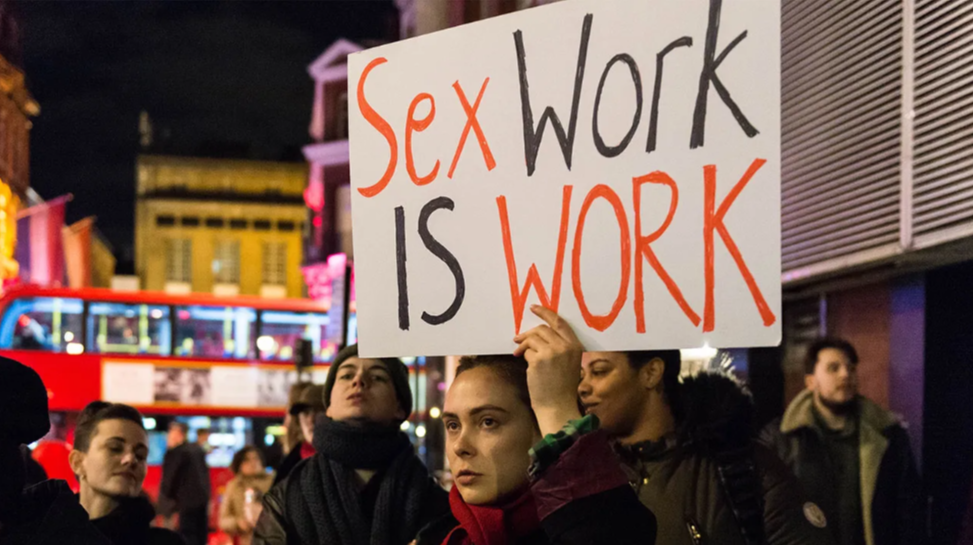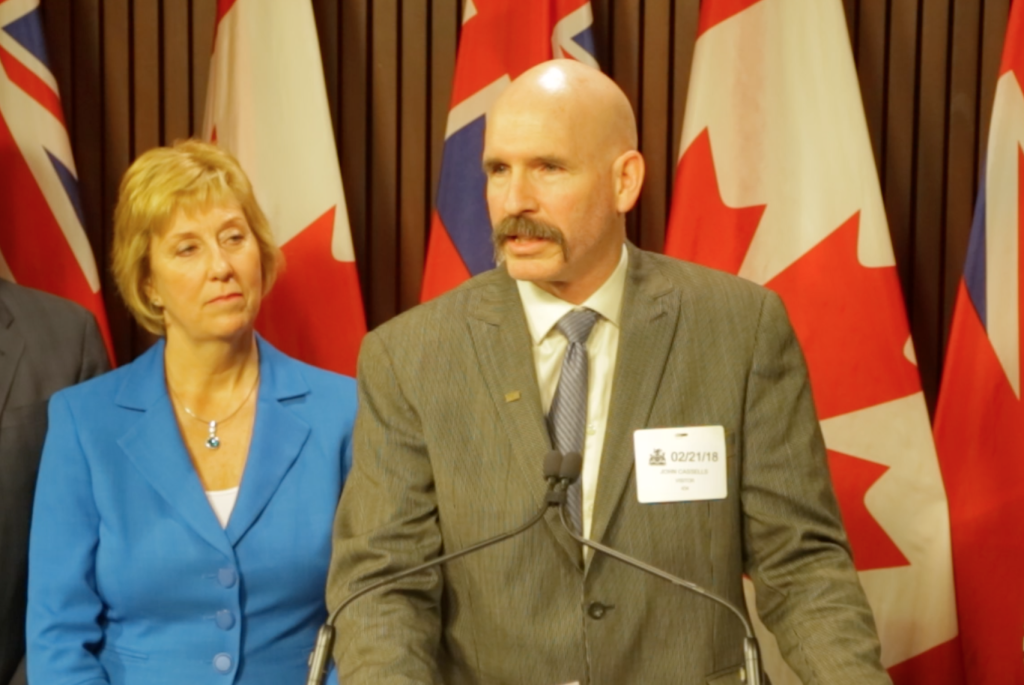You might have heard it said that ‘sex work’ is real work.
I heard it most recently at a sex trafficking prevention event commemorating World Day Against Trafficking in Persons, July 30th, proclaimed by the United Nations. Presenters included officers from a Greater Toronto Area regional police service who spoke about their dealings with traffickers and a Victim Services worker who spoke about teaching school-age kids to evade traffickers. One would presume that such events are helpful and, as they purportedly prevent human trafficking, potentially lifesaving. They might not be.
‘Sex work’ does not refer specifically to sexual services (or prostitution) which is prohibited under the Canadian Criminal Code. It is a broader term that also includes legal adult entertainment, such as exotic dancing (or stripping). While the anti-human trafficking community has helped to remove stigma from victims of exploitation, especially in prostitution, the ‘sex worker movement’ presses further, to validate prostitution or as a legitimate profession.
The sex worker movement got underway in the 1970s, diligently working to shape language and narrative. One of the early activists contended the word ‘prostitute’ was tarnished and, in response, coined the term ‘sex work’ as a more inviting default.[i]. Pro-sex work activist, Elena Jeffreys writes, “The term ‘sex work’, and the history of the term, has a huge impact on the way the sex worker movement fights today.”[ii] That term had already been adopted by the World Health Organization well before the anti-human trafficking movement took root in Canada.[iii]

There is much disorder in the sex trade and it’s common for entertainers, providing legal acts, to also engage patrons in illegal acts for extra money. Many times, the crossing of legal boundaries is quite intentional. But the boundaries are sometimes unclear to the participants. Take lap dancing for example. Is that merely exotic dancing?
A 1997 Supreme Court ruling said that the sexual contact involved in lap dancing qualifies it as prostitution. Though prostitution wasn’t technically illegal that the time, the court noted that this activity would not be considered tolerable by Canadian societal standards because “It degrades and dehumanizes women; it desensitizes sexuality and is incompatible with the dignity and equality of each human being”[iv]. But just two years later, the Supreme Court also ruled that a similar prostitution incident in the other Canadian society of Quebec was acceptable[v]. It seemed we needed a stronger legal scheme to know where to draw the line.
Fast forward to 2014 when the federal government finally made prostitution a straight-out criminal offence. Peter MacKay, our federal justice minister at the time, stated that discouraging the demand for prostitution will protect vulnerable Canadians from “prostitution’s implicit harms”[vi] including the commercial sexual exploitation of children and the human trafficking of adults. His government even thought of adding limited immunity for prostitutes on the assumption that they are exploited persons. That didn’t mean prostitution is halfway legal. It meant to discourage the purchase of sexual services, thereby decreasing the demand for prostituted women and girls, and the money that can be made by third parties. The government did not take issue with erotic arts that don’t actually involve prostitution.
Proponents of legalized prostitution seemed to pay no heed. They carried on tagging the new crime as “sex work” and continued to lump it together with legal sex trade activities, promoting it all as a legitimate and liberating career option.
We all want health and prosperity for Canada’s young women, but some of us need to pull our heads out of the clouds. I’ve met the women and girls who have spent time in the sex trade; hundreds of them. In each case I’ve observed carnage. Extreme anxiety and depression are the norm. Chronic medical conditions and addiction issues are common. Full recovery takes many years if it is ever achieved. One in 10 young women associated with my SIM agency, Lifeworthy,[vii] has passed away.

Since I began looking at the phenomenon of sex trafficking in Canada, fifteen years ago, I’ve observed that the stigma attached to prostitution has been waning among young people. One 2015 study[viii] agrees that Canadians have become significantly more accepting of it since the 1990s. It follows then, that more young people would consider it an option. As I continue to meet young women who have not yet exited the sex trade, I repeatedly hear them say:
“It’s not a moral issue for me, it’s a job,” or, “Everyone’s doing it.”
It’s often not until after they exit that they’ll admit,
“It’s not a job, it’s abuse.” or “Nobody should do it.”
A young woman, I’ll call Kara, went further to express the anger she felt toward herself for becoming a trafficking victim. “I knew better,” she admitted, “I went to the human trafficking presentations at my high school, but I still got caught in sex trafficking.” She went onto explain that, when she chose to enter “sex work”, she felt empowered and safe because she was educated about sex trafficking and knew how to spot traffickers.
Young women like Kara need to hear that prostitution is profoundly harmful. They also need to know that there’s no realistic way for a young woman to safeguard herself from human trafficking once entering the sex trade.
I asked the Victim Services worker, at the human trafficking prevention event, if she warns students of the dangers and harms of prostitution. Her reply?
“We don’t get into that. They can choose sex work if they want.”
The Ontario Government admits to having a “growing problem of child sexual exploitation” and created an “Anti-Human Trafficking Strategy” to address the issue[ix]. The strategy completely ignores the federal moratorium on buying sex, making no effort to lower the demand for young female bodies. It does target traffickers, but without interrupting the flow of money from buyer to pimp, there are even more incidents of human trafficking than ever before. Alas, it provides one defence against victimization: awareness, including so-called prevention efforts that won’t tell vulnerable young people that ‘sex work’ is not work. How does that work out for for girls like Kara?
[i] Elena Jeffreys, Sex Work is Work in Research for Sex Work, Issue 14, Sept. 2015
[ii] Ibid
[iii] Carol Leigh, Inventing Sex Work in Whores and Other Feminists, Routledge, 1997, p. 230
[iv] (R. v. Mara) https://publications.gc.ca/collections
[v] Therese Blais-Pelletier was charged with operating a bawdy house in Joliette, Que. In 1992. When the case eventually ended up before the Country’s top court of Canada, lap dances were ruled to be legal. Lap dancing legal, top court says | CBC News
[vi] Peter MacKay on Protection of Communities and Exploited Persons Act in the House of Commons on June 11th, 2014. https://openparliament.ca/debates/2014/6/11/peter-mackay-4/only/
[vii] Visit www.lifeworthy.ca for information about the Parents Hope and Daughter’s Help programs.
